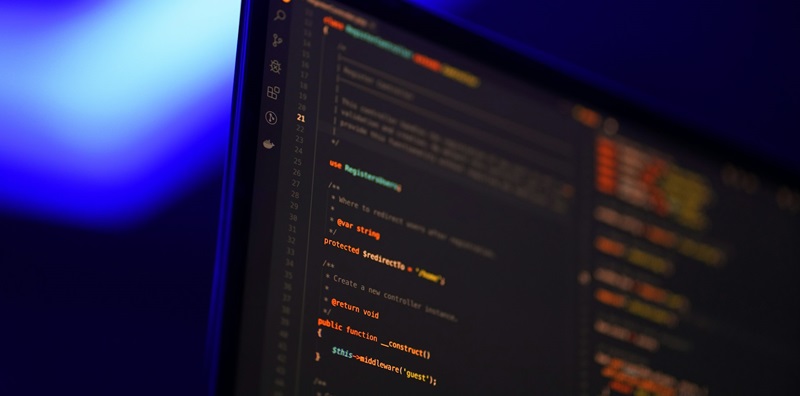The world of cybersecurity is constantly evolving, with new threats emerging every day. One such threat that has gained significant attention is the SystemBC malware. In recent months, there has been a sharp increase in the usage of this malware, with Q2 and Q3 of 2023 witnessing a surge in cyberattacks fueled by this malicious software. Today, we delve into the depths of SystemBC, exploring its background, key features, installation package, C2 server functionality, the PHP-based panel, and an analysis of DarkGate, a variant of SystemBC. We also highlight the implications of this malware and stress the importance of remaining vigilant against such threats.
Background of SystemBC
SystemBC first emerged in 2018 and has since become a formidable force in the realm of malware. Designed to grant threat actors remote control over compromised hosts, SystemBC serves as a gateway for delivering additional payloads, including trojans, Cobalt Strike, and ransomware. Its versatility and ability to facilitate various malicious activities make it particularly dangerous.
Key features of SystemBC malware
One standout aspect of SystemBC is its utilization of SOCKS5 proxies, providing a layer of anonymity by masking network traffic to and from the command-and-control (C2) infrastructure. Acting as a persistent access mechanism for post-exploitation, this feature enables threat actors to maintain control over compromised hosts, ensuring uninterrupted malicious activities.
SystemBC Installation Package
Those who purchase SystemBC on underground marketplaces receive an installation package containing the implant executable, Windows and Linux binaries for the C2 server, and a PHP file for rendering the C2 panel interface. This comprehensive package equips threat actors with all the necessary tools to unleash the full potential of SystemBC.
Functionality of the C2 server
The C2 server executables, aptly named “server.exe” for Windows and “server.out” for Linux, open up no fewer than three TCP ports, effectively facilitating C2 traffic. These ports act as gateways for remote control and the delivery of malicious payloads, ensuring seamless communication between the attacker and the compromised host.
The PHP-based panel
Acting as a conduit for threat actors, the PHP-based panel plays a crucial role in the operation of SystemBC. It allows for the execution of shellcode and enables the manipulation of arbitrary files on the victim machine. The shellcode functionality goes beyond a simple reverse shell, granting full remote capabilities that can be injected into the implant at runtime, providing a heightened level of control and customization for the attacker.
Analysis of DarkGate
One variant of SystemBC, DarkGate, offers a menacing twist to this already potent malware threat. DarkGate shuffles the Base64 alphabet when initializing, making it challenging to decode its on-disk configuration and keylogging outputs. However, a weakness has been identified in DarkGate’s custom Base64 alphabet, rendering it trivial to decode. This discovery allows researchers and security professionals to gain insights into DarkGate’s operations, enhancing their ability to detect and mitigate this variant.
SystemBC represents a significant threat to organizations and individuals alike. Its sophisticated features, such as the use of SOCKS5 proxies, persistent access mechanisms, and the PHP-based panel, provide threat actors with powerful tools to carry out their nefarious activities. The analysis of DarkGate further emphasizes the evolving nature of this malware threat and the need for continuous vigilance. As cyberattacks continue to rise, it is crucial for individuals, organizations, and security professionals to stay informed, updated, and proactive in defending against such threats to safeguard our digital ecosystem.

